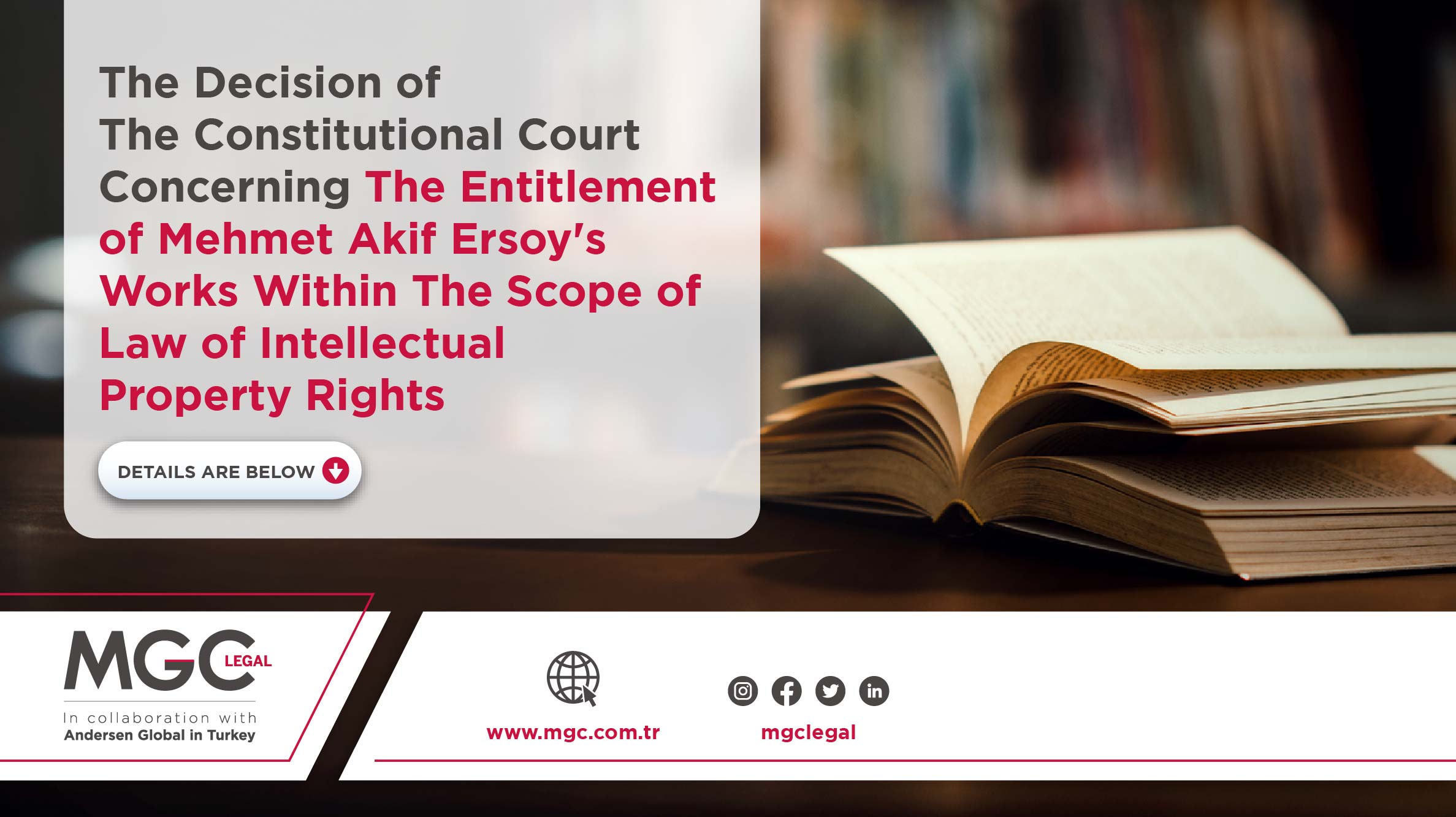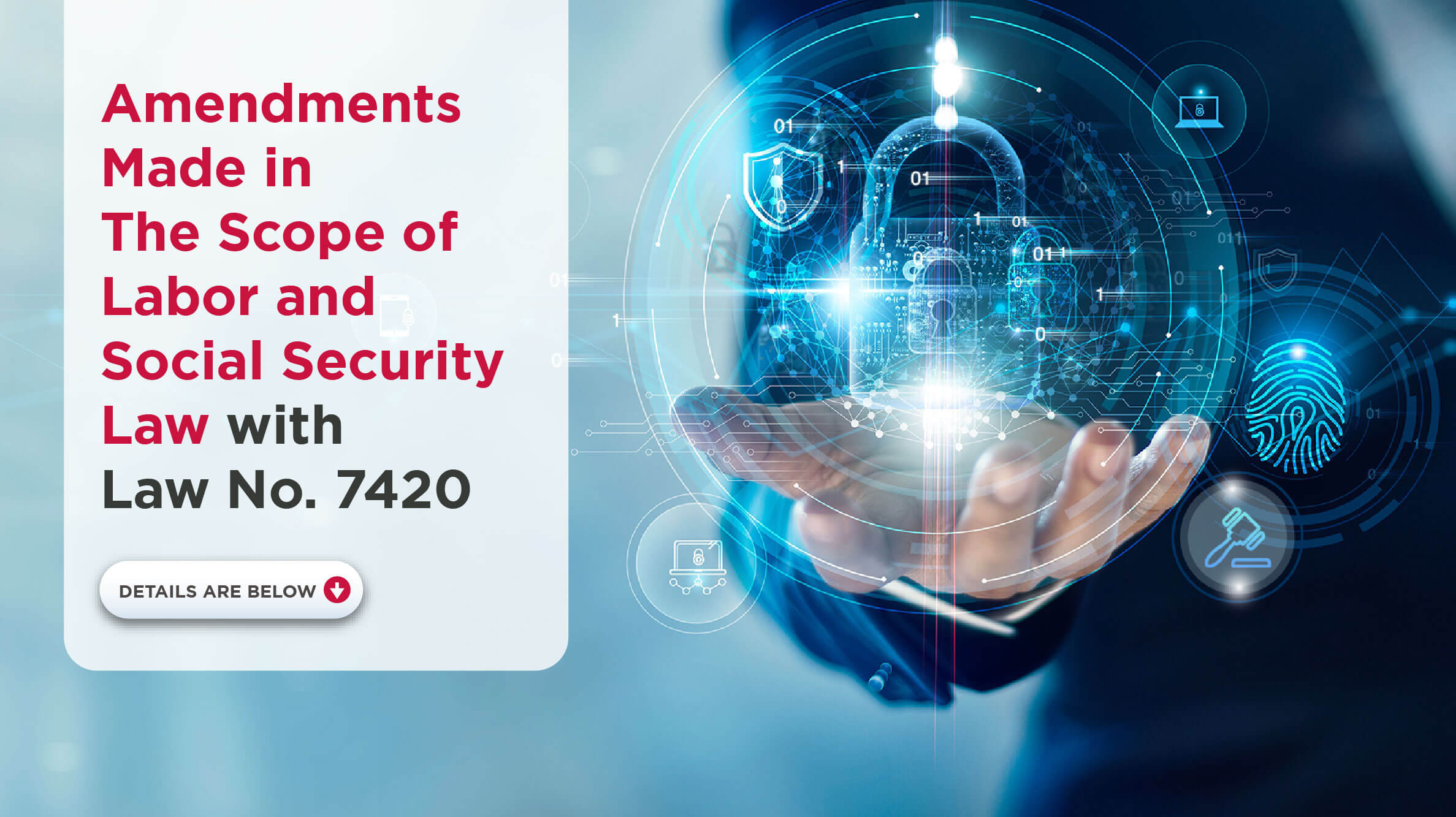Your Partner
in Legal Success
| Reading Time: 2 Minutes
The Decision of The Constitutional Court Concerning The Entitlement of Mehmet Akif Ersoy’s Works Within The Scope of Law of Intellectual Property Rights

The Decision of The Constitutional Court Concerning The Entitlement of Mehmet Akif Ersoy’s Works Within The Scope of Law of Intellectual Property Rights.
Mehmet Akif Ersoy’s heirs transferred the publishing rights to “İnkılap Kitabevi” after the poet’s death. On the other hand, M. Ertuğrul Düzdağ (M.E.D.) composed the work named “SAFAHAT Tam Metin ve Safahat Dışında Kalmış 54 Şiir” by Mehmet Akif Ersoy in 1987. According to the contract signed on April 1, 1997, between Mehmet and the applicant, Çağrı Yayınları —whose representative the applicant is— was given a 99-year license to print, reproduce, and distribute the two books in question.
The article of the Law on Intellectual and Artistic Works dated 5.12.1951 and numbered 5846, which limits the protection period of the owner’s financial rights to 50 years from the date of death, has been amended with the 10th article of Law No. 4110, which entered into force on 12.06.1995. Accordingly, the protection period has been increased to 70 years from the author’s death.
The bookstore filed a criminal complaint against the applicant at the Istanbul Chief Public Prosecutor’s Office on 29.3.2005. The bookstore stated that the applicant’s copyrighted work “SAFAHAT” was printed and distributed without permission in the criminal complaint. The bookstore also filed a lawsuit for compensation against the applicant at the Istanbul 1st Intellectual and Industrial Rights Court on 6.4.2006, and the court ordered a monetary compensation of ₺10.000,00. In the appealed case, the 11th Civil Chamber of the Supreme Court rejected the applicant’s appeal on 18.12.2013 and reversed the decision; complying with the annulment, the court determined the amount to be paid by the applicant as ₺25.000,00 TL.
The case that is the subject of the application made to the Constitutional Court is briefly as follows. The concrete dispute was briefly evaluated by the Constitutional Court as follows;
The applicant stated that the applicant’s work, which was created and made available to the public in 1987, was made public before the effective date of Law No. 4110 and stated that the rights of this work became property for the owner of the work or the person who took over these rights in accordance with the Law of Intellectual Property Rights. The interpretation that the applicant’s rights have expired would be contrary to the rule of law since the increase in the protection period of the owner’s financial rights would not cause the applicant to lose their vested right; no change abolishes the financial rights of the works that became public before the effective date of Law No. 4110, and the rights of the heirs continue after the amendment.
The Constitutional Court Decision held unanimously that the applicant’s property rights had been violated.
Click for other Constitutional Court Decisions.



